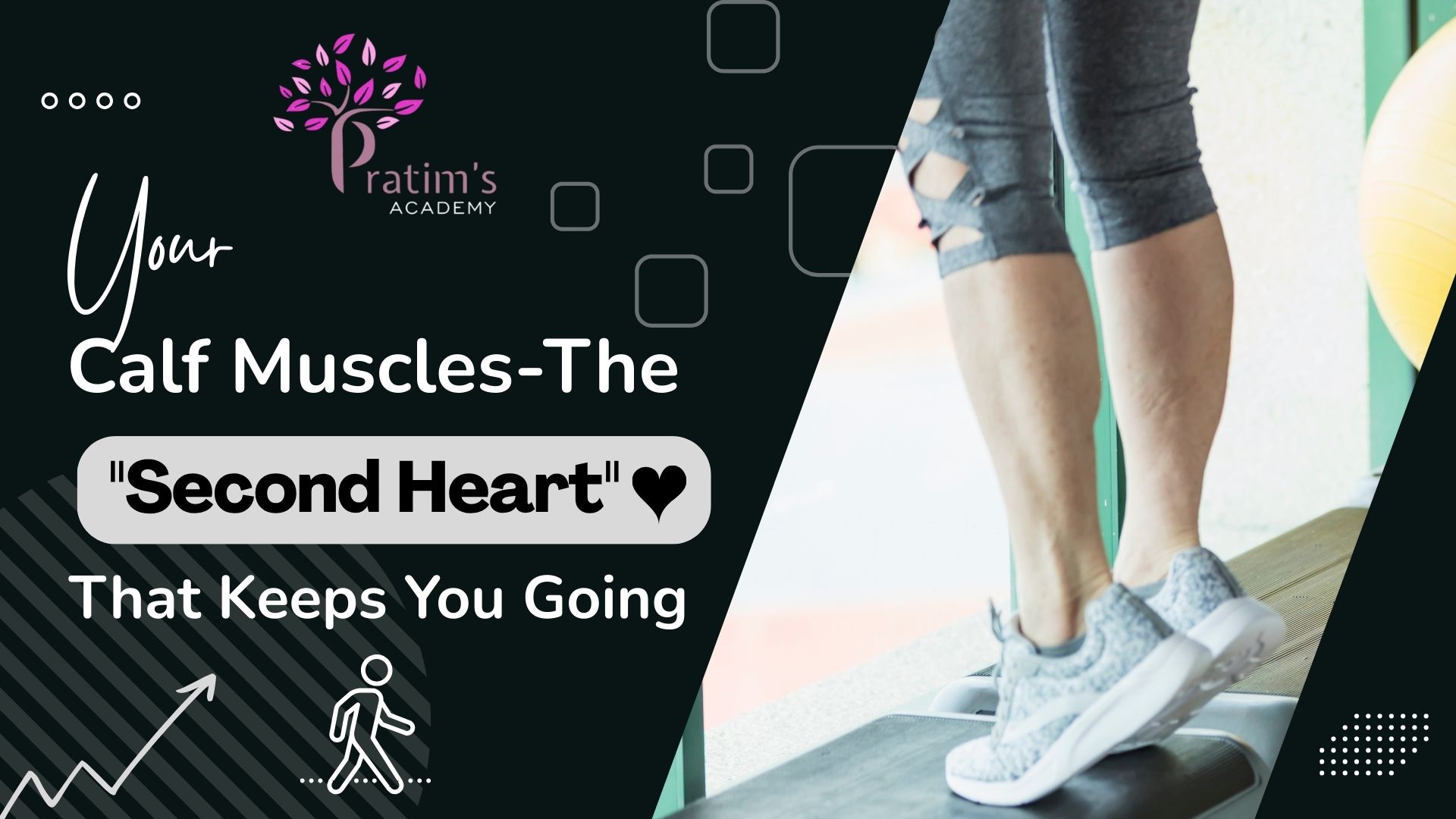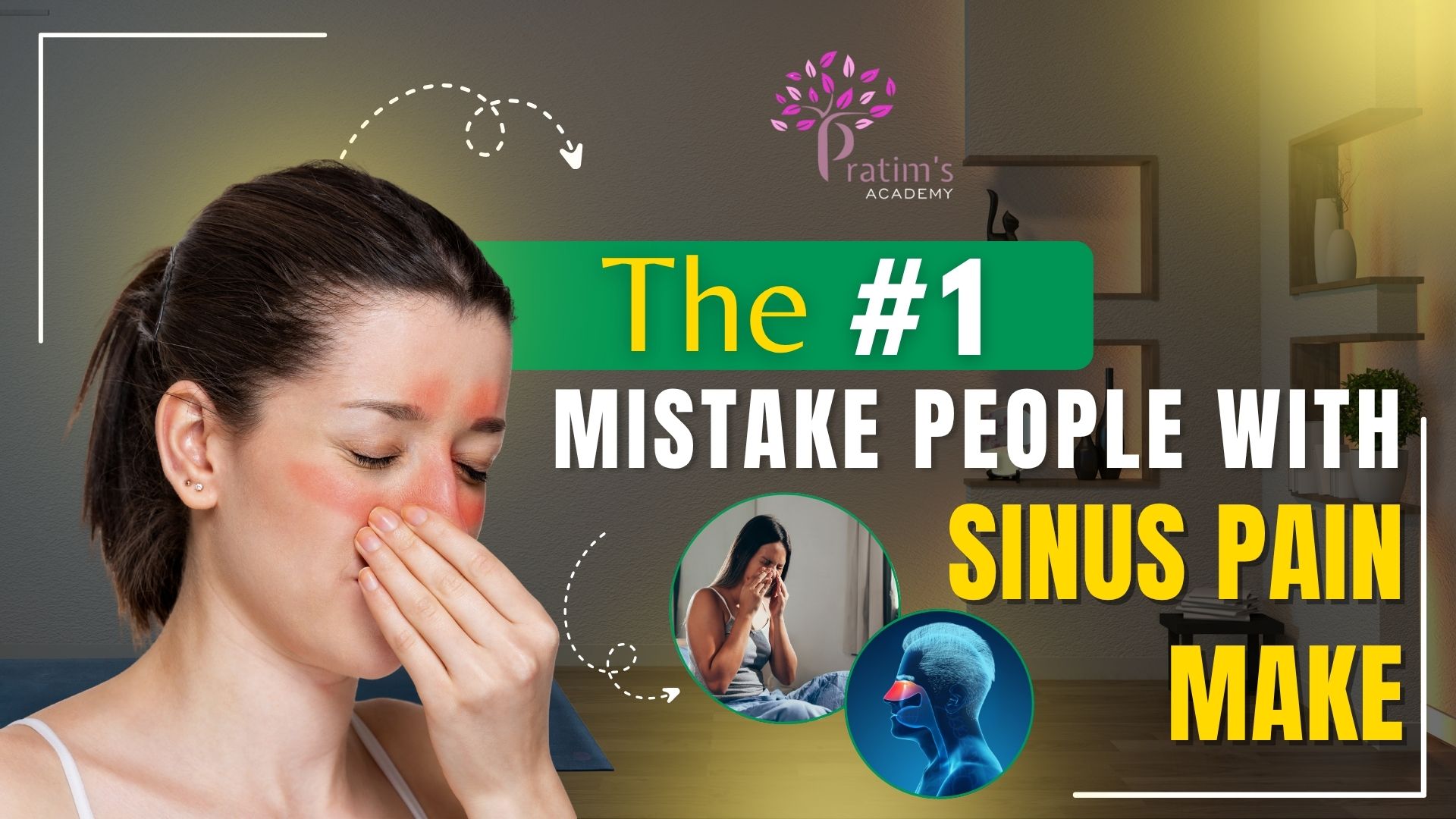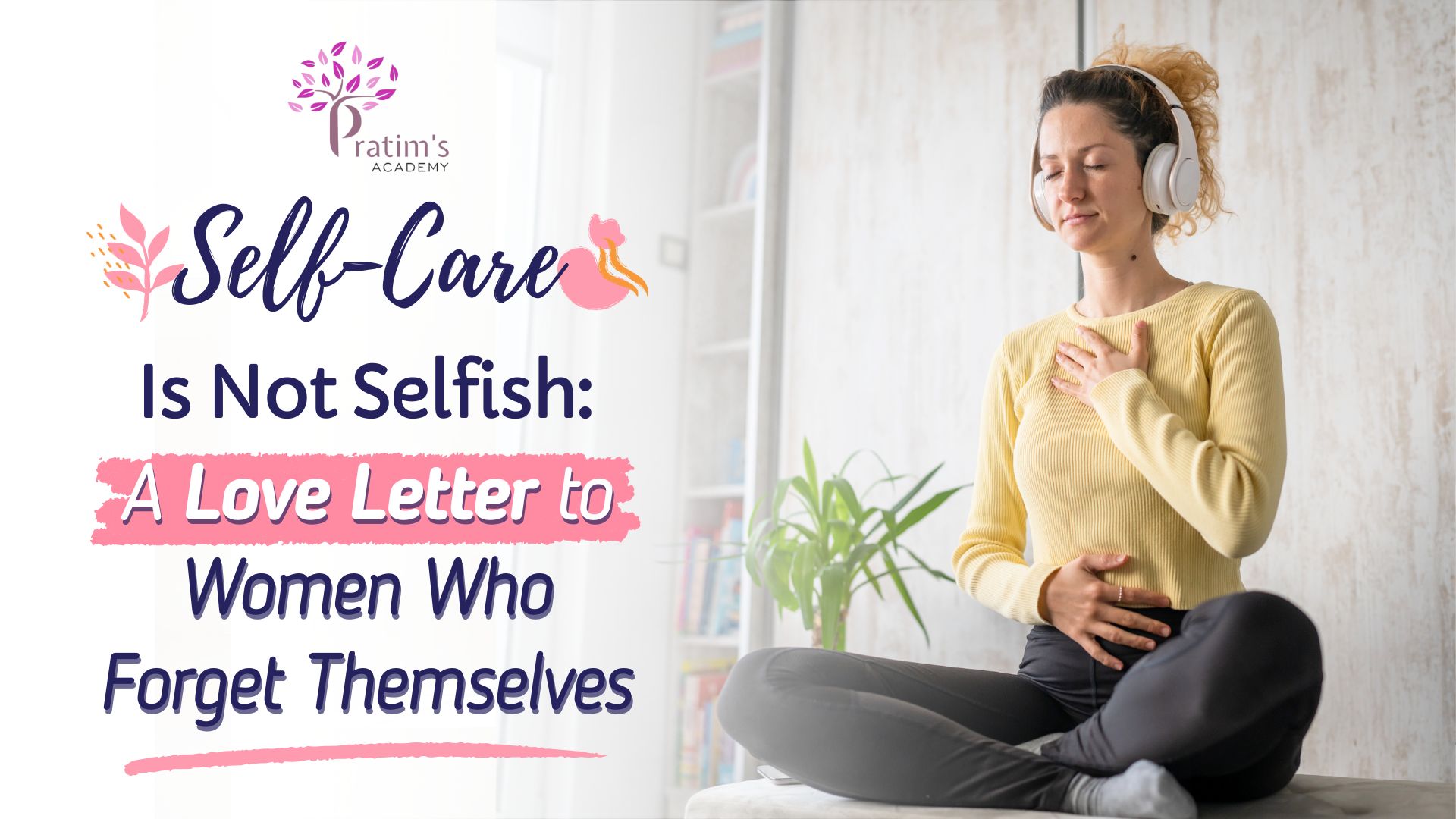
- 60
- 0
Your Calf Muscles– The “Second Heart” That Keeps You Going
When we think of the heart, we picture the one in our chest. But science says we also have a “second heart”—and it’s hiding in our legs. This “second heart” isn’t an actual heart. It’s your calf muscles, and they help your real heart keep blood moving, especially from your feet back up toward your chest.
Why Your Legs Need a Second Heart

Your heart pumps blood to your whole body, but getting the blood back to the heart is harder—especially from your feet, which are far away and fighting against gravity.

When you stand still for long, blood can collect in your lower legs. That’s where your calf muscles step in. Scientists call them the calf muscle pump (Cambridge University Press, 2020).
How the Calf Muscle Pump Works

- Squeeze and Push – When you walk, run, or even tiptoe, your calf muscles squeeze the deep veins in your legs, pushing blood upward. Studies show this can create pressure as high as 200 mm Hg (Clinical Gate, 2023).
- One-Way Valves – Your leg veins have tiny valves that make sure blood only goes one way—up toward the heart—so it doesn’t fall back down (Recek, 2018).
- Fighting Gravity – About 70% of your blood is below the heart when you’re upright. The calf pump helps push it back up, making life easier for your real heart (Wikipedia – Venous Return).
Why It Matters for Your Health
Research shows that if your calf pump works well:
- Your legs don’t swell as much
- You have a lower risk of blood clots (Sheriff & Van Bibber, 1998)
- Your heart doesn’t have to work as hard (Ochi et al., 2018)
But if it’s weak:
- You might get varicose veins or chronic swelling (Padberg et al., 2004)
- In people with heart disease, poor calf pump function is linked to a higher death rate (Izzo et al., 2020)
How to Keep Your “Second Heart” Strong
- Move every hour – Stand, walk, or do heel raises for a few minutes
- Exercise your calves – Walking, climbing stairs, skipping rope, or tiptoe exercises all help
- Stretch your ankles – Good flexibility means better pumping action (Broderick et al., 2019)
- Use compression stockings – If advised by your doctor, they help support blood flow
The Take-Home Message
Your calves are more than just muscles for walking—they are your second heart. Every step you take is a pump stroke that helps blood fight gravity, keeps your circulation healthy, and supports your real heart.
So next time you’re tempted to sit for hours, remember: move your legs, save your heart.
References
- Cambridge University Press. Augmentation of the skeletal muscle pump alleviates preload failure… Cardiology in the Young. 2020.
- Clinical Gate. Venous Physiology. 2023.
- Recek C. Calf pump vs. foot pump in venous return. JTVAR. 2018.
- Wikipedia. Venous Return.
- Sheriff DD, Van Bibber R. Skeletal muscle pump function in isolated hindlimbs. Am J Physiol. 1998;274:H1502–H1505.
- Ochi N, et al. Skeletal muscle pump and preload in heart failure. Circ J. 2018;82(4):1112–1118.
- Padberg FT Jr, et al. Calf muscle pump dysfunction in chronic venous insufficiency. J Vasc Surg. 2004;39(4):799–805.
- Izzo C, et al. Calf muscle pump impairment predicts mortality. Mayo Clin Proc. 2020;95(10):2180–2192.
- Broderick BJ, et al. Exercise intervention for calf muscle pump. Wounds Int. 2019.
Comment
Check Your EGFR
***We Promise, no spam!







